Question about 511 mix with more moisture retention
2 months ago
Featured Answer
Sort by:Oldest
Comments (7)
- 2 months ago
Related Professionals
Marco Island Landscape Architects & Landscape Designers · Bethlehem Landscape Contractors · Middletown Landscape Contractors · Americus Landscape Contractors · Bedford Landscape Contractors · Conroe Landscape Contractors · East Chicago Landscape Contractors · Ellicott City Landscape Contractors · Hickory Hills Landscape Contractors · Lakeville Landscape Contractors · Lehigh Acres Landscape Contractors · Rockland Landscape Contractors · Rosemount Landscape Contractors · Woodburn Landscape Contractors · Livingston Handyman- 2 months ago
- 2 months ago
- 2 months ago
- last monthlast modified: last month
Related Stories

REMODELING GUIDES9 Hard Questions to Ask When Shopping for Stone
Learn all about stone sizes, cracks, color issues and more so problems don't chip away at your design happiness later
Full Story
GREEN BUILDINGConsidering Concrete Floors? 3 Green-Minded Questions to Ask
Learn what’s in your concrete and about sustainability to make a healthy choice for your home and the earth
Full Story
WORKING WITH PROS10 Things Decorators Want You to Know About What They Do
They do more than pick pretty colors. Here's what decorators can do for you — and how you can help them
Full Story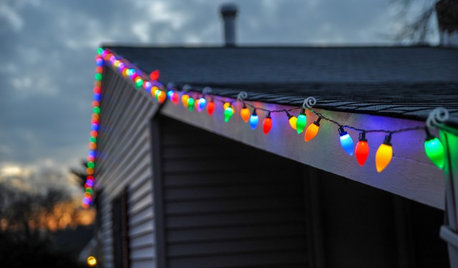
HOUZZ CALLTell Us: What Puzzles You About Holiday Lights?
Share your questions about and strategies for holiday lights with the Houzz community
Full Story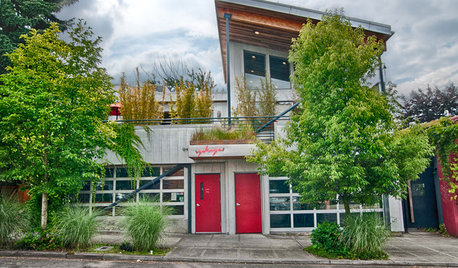
HOUZZ TOURSMy Houzz: Mixed-Use Oregon Home Serves and Charms
Home, restaurant, garden, rental cabin — and it gives back to the community too. This multitasking home is a wonder in more ways than one
Full Story
GARDENING GUIDESNew Ways to Think About All That Mulch in the Garden
Before you go making a mountain out of a mulch hill, learn the facts about what your plants and soil really want
Full Story
GREEN BUILDINGWhat's LEED All About, Anyway?
If you're looking for a sustainable, energy-efficient home, look into LEED certification. Learn about the program and its rating system here
Full Story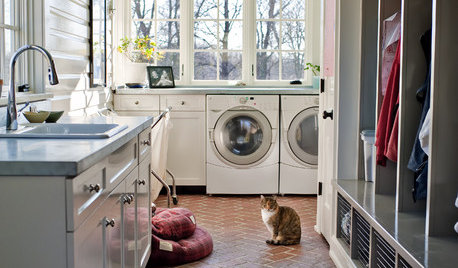
LAUNDRY ROOMSGet More From a Multipurpose Laundry Room
Laundry plus bill paying? Sign us up. Plus a potting area? We dig it. See how multiuse laundry rooms work harder and smarter for you
Full Story
GARDENING GUIDESSolve 3 Common Landscape Problems — With More Plants
Sometimes the best defense is a good offense
Full Story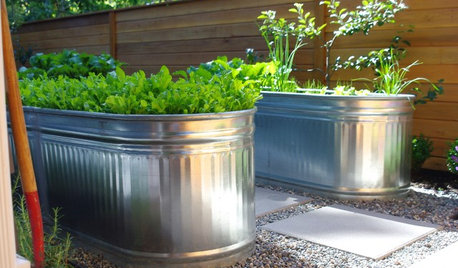
GARDENING GUIDESHow to Turn a Stock Tank Into a Planter for Edibles and More
Give your container garden a fresh look by converting a galvanized-metal trough into a large planter
Full Story


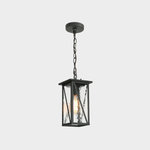
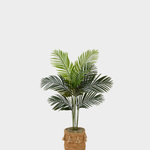


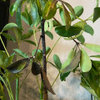
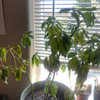
Elena Nuta